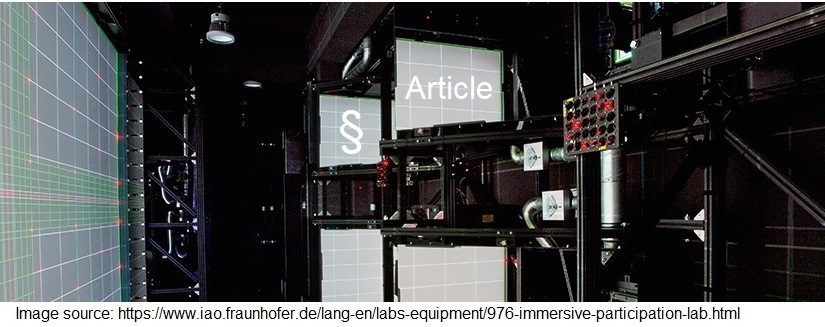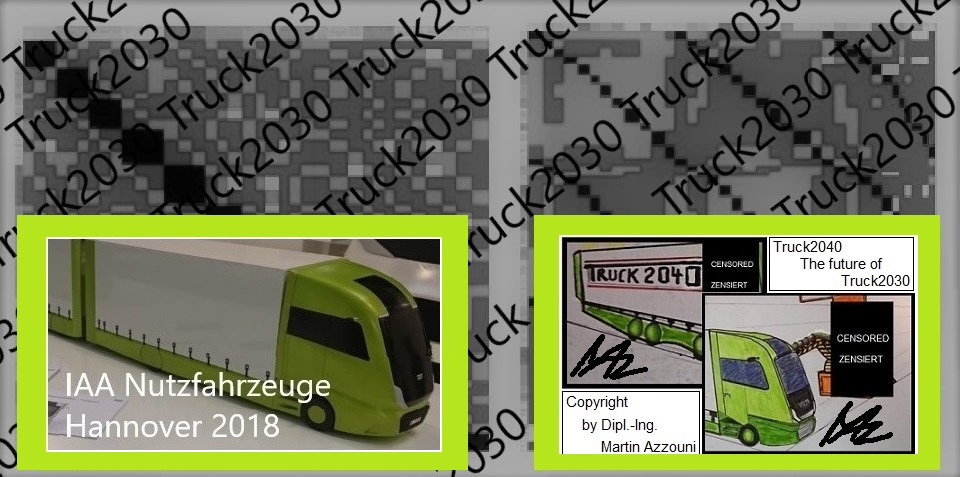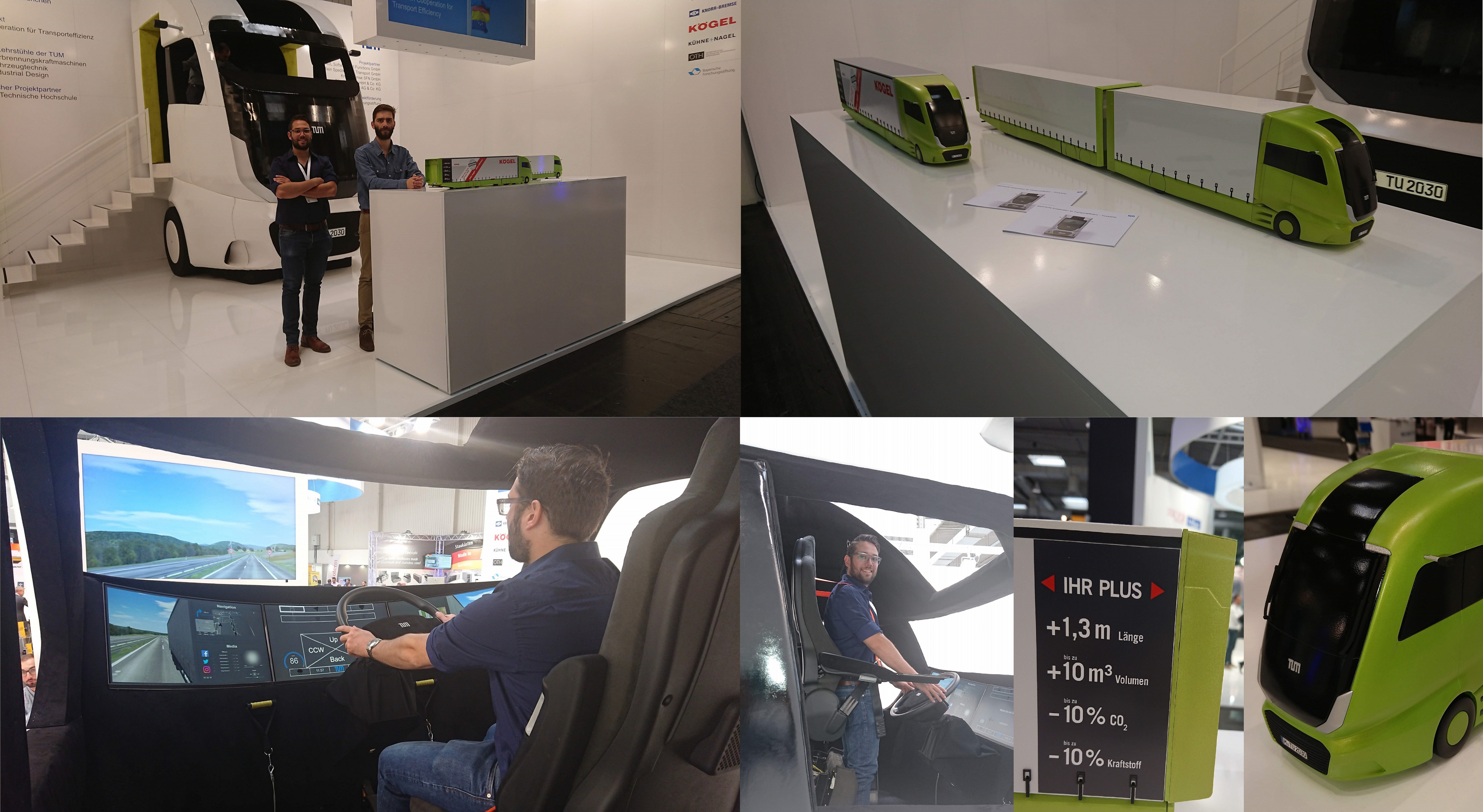Introduction
Worldwide due to the coronavirus disease 2019 (COVID-19) in a late period of the year 2019 courts have started to switch to virtual methods for preventing desease transmission, mainly via digitalized technical methods in vision and sound. Moreover worldwide in law firms attorneys, patent agents and other comparable professions have started communicating to their clients and other persons via digitalized technical methods in vision and sound as well.
Due to those numerically increasing virtual court hearings and/or virtual law firm meetings there are loads of questions coming up about what´s disadvantageous and advantageous until now and how to reduce those disadvantages and using the advantages of those social distancing situations in the field of court hearings and law firm meetings after the global pandemic.
First one has to take a look at the status quo ante. In Germany it is allowed having social-distancing court hearings with respect to
§ 128a – Hearings in the ways of vision and sound transmission (Code of Civil Procedure – CPC)1
Disadvantages and advantages
Until now virtual court hearings and/or virtual law firm meetings have several disadvantages compared to live court hearings and/or law firm meetings with physical presence:
- No immersive participation of the participants, which leads to a lack of professional human relations in front of a court and/or in a law firm,
- no face-to-face-communication between participants in a real physical presence,
- no exchange of exhibits (e.g. illegal copied products, weapon used in a crime), real produced documents (e.g. printed documents) and other evidences,
- no physical possibility of examining instruments such as certificates, records, confidental documents, signatures or other official or inofficial means,
- in special case of virtual court hearings no physical intervention of judicial police or other authorized participants,
- other possible disadvantages.
But due to virtual court hearings and/or virtual law firm meetings several advantages are coming up in lockstep:
- No journeys or commuting to courts or law firms, which saves money for the participants,
- no journeys or commuting to courts or law firms, which saves time for the participants,
- enabling a court hearing or law firm meeting for a participant, who is…
- …not able to participate due to physical and/or psychological disablement,
- …not able to go on a journey to a court or a law firm due to a lack of time and/or money, not having appropriate means of transport, cancelled transportation service, interrupted transportation service or delayed transportation service,
- …not able to participate due to other reasons e.g. the participant is being jailed in a prison in a foreign country,
- direct recording of a virtual court hearing or law firm meeting as evidence and/or for archiving,
- overcoming distances, delays, time zones, regional and/or national borders independed from the local position of a court or a law firm,
- increasing the number of daily court hearings and/or law meetings in general
- enabling new professional court hearings and/or law firm meetings such as on international level (e.g. in international waters, patent infringement litigations in multiple countries) or space outside earth (e.g. International Space Station, Moon, etc.).
Proposal for solution
There are at least two main fields eliminating the disadvantages as best as possible and strengthen the advantages for the future:
First a court room and/or a law firm room need tailor-made solutions such as
- conventionally and specificially digitalized technical equipment for the participants for human-machine-interaction, human-human-interaction due to multimedia-based purposes (e.g. high-resolution examining),
- conventionally and specificially digitalized technical equipment for the participants for human-machine-collaboration, human-human-collaboration due to physical purposes (e.g. signing with robot assisted motion sequence and transmitting it to a twin robot in court),
- conventionally and specificially digitalized technical rooms for the participants for human-machine-interaction and human-human-interaction due to multimedia-based purposes (e.g. a virtual court room with projected participants),
- conventionally and specificially digitalized technical rooms for the participants for human-machine-collaboration and human-human-collaboration due to physical purposes (e.g. virtual exchange of exhibits between participants),
- other conventionally and specificially digitalized technical solutions.
As examples implemented solutions could be
- virtual reality equipment and/or virtual reality rooms, already known in several fields of engineering solutions2,
- new software solutions for courts and/or law firms due to the mentioned advantages and disadvantages above such as virtual exhibit handling or other evidence handling, real-time activating of police operations, high-resolution multi-media based examining of instruments such as documents, signatures or other official or inofficial means2,
- implementing special block-chain systems between courts, authorized law firms and other authorized places 3,
- implementing hard real-time systems instead of using soft real-time systems as known from e.g. medical engineering4.
Execution example
As an execution example there is shown the „Immersive Participation Lab“ of the Fraunhofer Institute for Industrial Engineering, which is being used in public and private construction engineering sector as follows2. One can transfer those applications into court proceeding elements such as exhibit handling, strategic planning, decision making, virtual conversations between public and/or private participants, instrument evaluation (e.g. for certificates) and others:
https://www.iao.fraunhofer.de/lang-en/labs-equipment/976-immersive-participation-lab.html
Sources
Sources
1 Hau, W.; Litigation in the Time of Covid-19: Some Observations from Germany; Ludwig-Maximilians Universität Munich; Munich; Germany; 22th of April 2020; Link: https://septentrio.uit.no/index.php/SapReps/article/download/5464/5213
2 Wenzel, G.; et al.; Immersive 3D displays for realistic, detailed, accurately rendered real-time visualization; Fraunhofer Institute for Industrial Engineering; Stuttgart; Germany; 2020; Link: https://www.iao.fraunhofer.de/lang-en/labs-equipment/976-immersive-participation-lab.html
3 Loebl, Z.; Designing Online Courts: The Future of Justice Is Open to All; Kluweder Law International B.V.; Alphen aan den Rijn; the Netherlands; 2019; ISBN: 9789403517049; Link: https://lrus.wolterskluwer.com/store/product/designing-online-courts-the-future-of-justice-is-open-to-all/
4 Shen,D.; Liu,T.; Peters; T.; Staib, L.H.; Essert, C.; Zhou, S.; Yap, P.-T.; Kha, A.; Medical Image Computing and Computer Assisted Intervention – MICCAI 2019; 22nd International Conference, Proceedings, Part IV; Shenzen; China; 13th to 17th of October 2019; Springer Nature Switzerland AG; Cham; Switzerland; ISBN: 978-3-030-32250-2; Link: https://link.springer.com/book/10.1007/978-3-030-32239-7
Publication no. / Report no.: 2020_maz_000001





